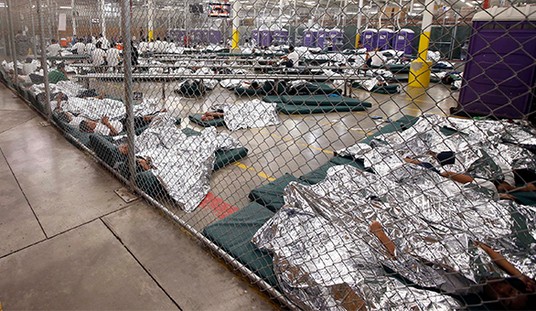Even as the administration plans to pivot to Asia, China is pivoting toward the Pacific. And the point of intersection between the America and China are the “near seas”. Beijing divides the maritime realm into three areas: the Far, Middle and Near Seas as shown by the map below.
It has also acquired weapons systems to prevent the United States from approaching even as close as the Middle Seas, as illustrated in the chart below.
Information Dissemination notes that this is an implicit challenge to the US alliance system in the Pacific. “Ultimately, America’s position in the international system is a question of its power, purpose, and provision of goods that benefit allies and other nations, as well as such component systems as the global commons.” In particular the question allies must ask is: can America continue to control the Global Commons. Or must it, as it is now doing with Pakistan, negotiate with China for the right to pass or traverse one of its Three Seas under a regime of “competitive coexistence”? Washington, it says, appears willing to talk. That is no surprise, they would be willing to talk about anything.
For the foreseeable future, then, a key question is to what extent the U.S. and China will be willing to cooperate in the Far Seas, even as their relationship suffers from profound strategic distrust and they experience strategic friction in the Near Seas. Washington seems open to such a bifurcated approach, but it remains uncertain whether Beijing will embrace it given historical sensitivities, nationalism, and possible erosion of economic growth as a source of CCP legitimacy … The U.S., meanwhile, is a status quo power that is strongly committed to maintaining the existing global system, which could not be sustained in its present form if China carved out a zone of exceptionalism in the Near Seas. Current trends suggest that Beijing’s growth in capabilities, while extremely dynamic of late, will slow; while Washington’s strengths, while not unchallenged as before, will endure to a considerable extent. The two great Asia-Pacific powers must thus continue to manage a difficult relationship in the Near Seas, even as they enjoy significant prospects for achieving competitive coexistence more generally.
One potential point of conflict in the Near Seas area is the Philippines. The US is “considering some sort of basing arrangement in the Philippenes, a country that wants Amercia’s help in fending off the threat of Chinese domination of the Philippines’ resource-rich corner of the South China Sea … This could simply be a rotation of U.S. Navy P-3 Orion surveillance planes to the islands — something that Pentagon planners have already referred to — or it could be something bigger, adding to the 330,000 American troops that are already based in the Pacific.”
But if recent news reports are any indication, the Philippines remains wary of China and has no intention to provoke it. The BBC says that the Philippines has pulled out “from a disputed part of the South China Sea, saying it hopes that this will ease tensions.”
The Philippines’ foreign ministry had said that while President Benigno Aquino ordered the country’s two vessels to leave the shoal due to a tropical storm, it did not mean they were giving up the claim.
The current row began when the Philippines said its naval ship had found eight Chinese fishing vessels at the shoal but was prevented by Chinese surveillance ships from arresting the fishermen.
The 21st century world is immensely different from that of 100 years ago. A century ago Euro enjoyed unquestioned global predominance. It occupied Africa, controlled choice parts of the Chinese coast. Indonesia was Dutch. Malaya was British. Today it is not even a player in the Three Seas. At the most it can exert influence in the Middle East, which indirectly affects the Chinese energy situation. But for now, the ring is held almost entirely by the United States guided by the administration in Washington.
Belmont Commenters
How to Publish on Amazon’s Kindle for $2.99
The Three Conjectures at Amazon Kindle for $1.99
Storming the Castle at Amazon Kindle for $3.99
No Way In at Amazon Kindle $8.95, print $9.99












Join the conversation as a VIP Member